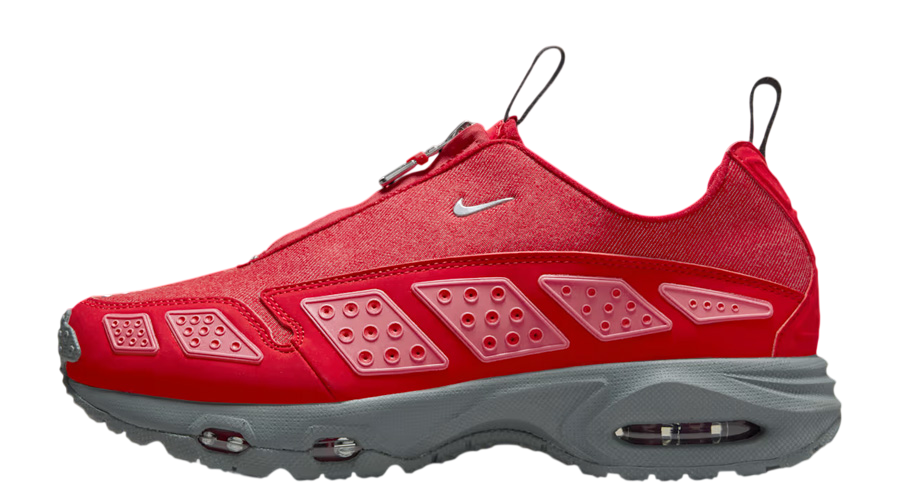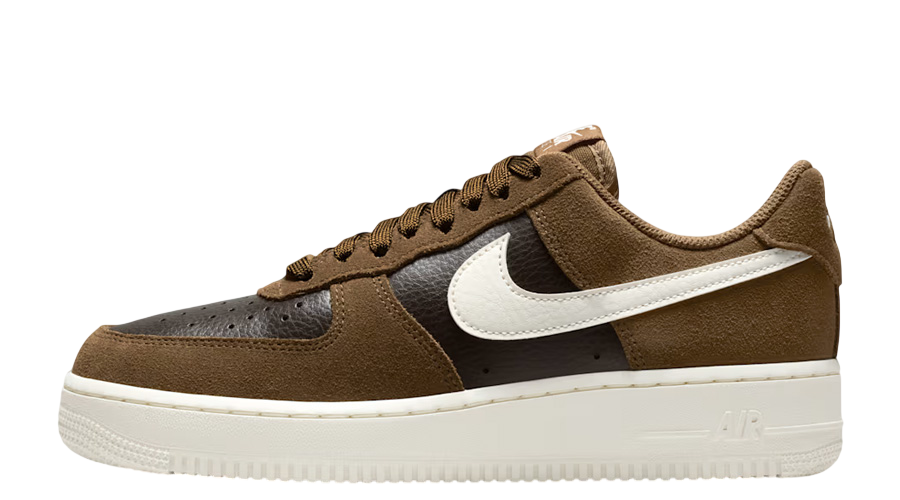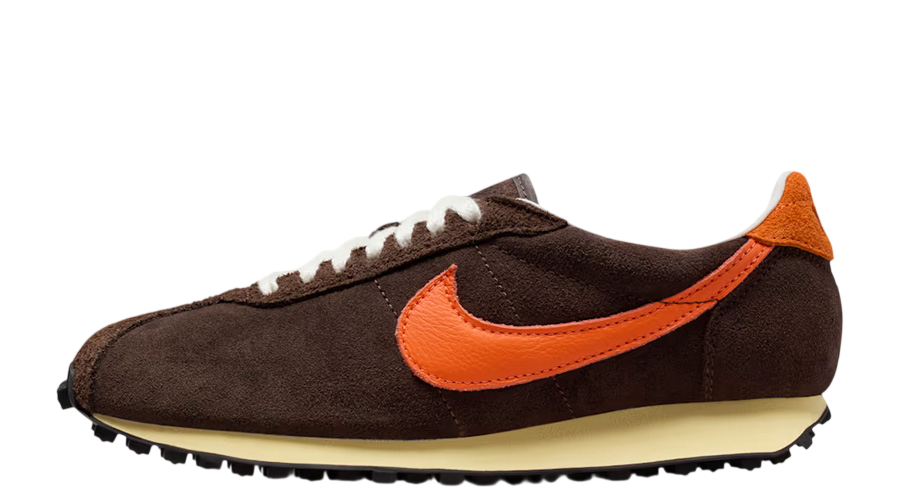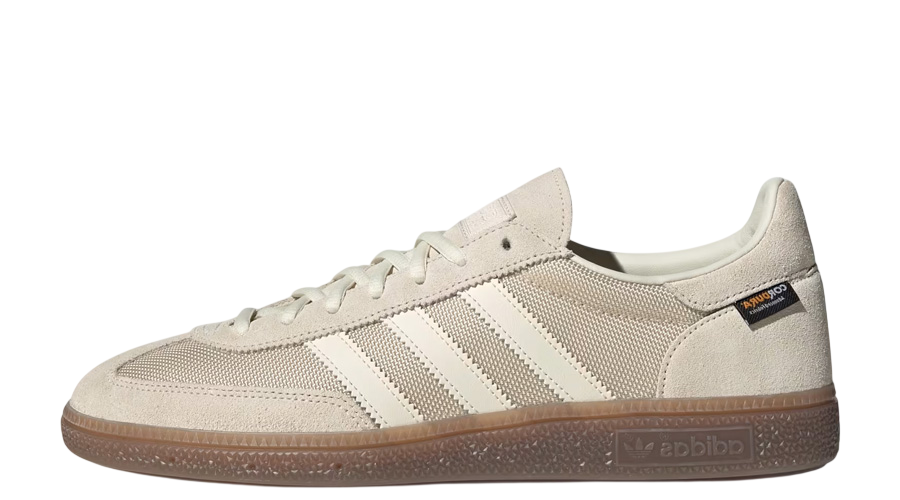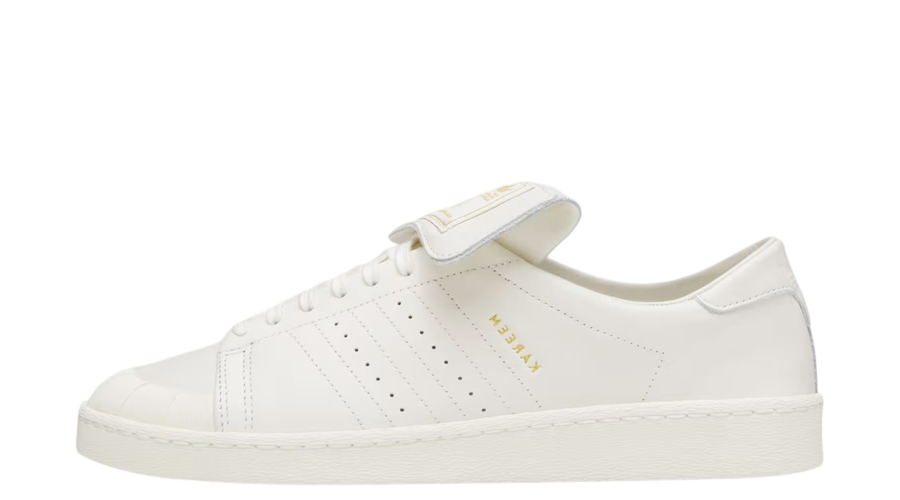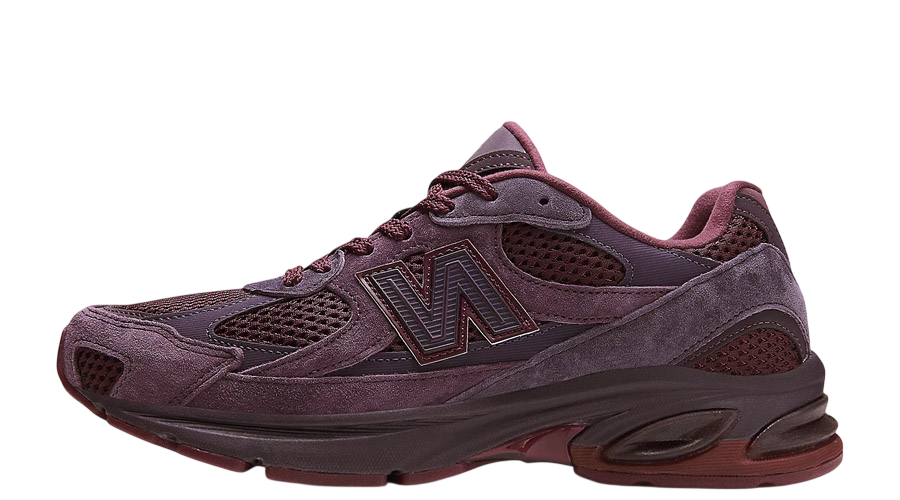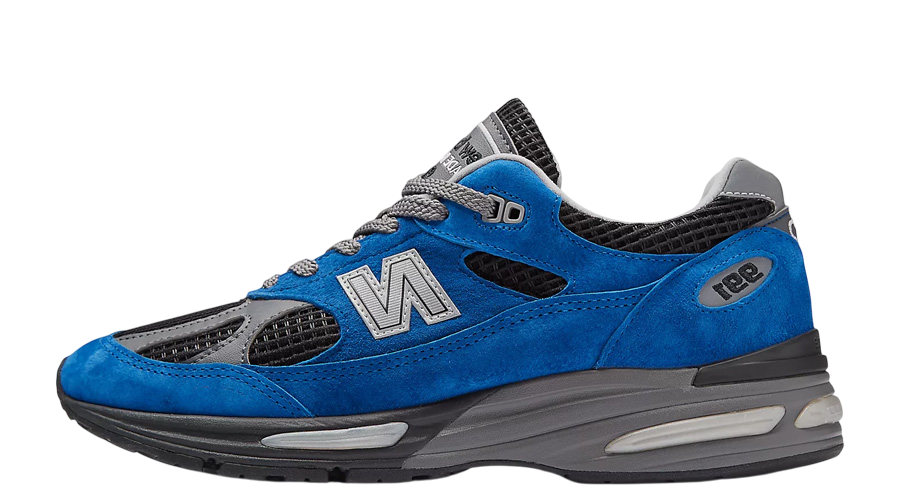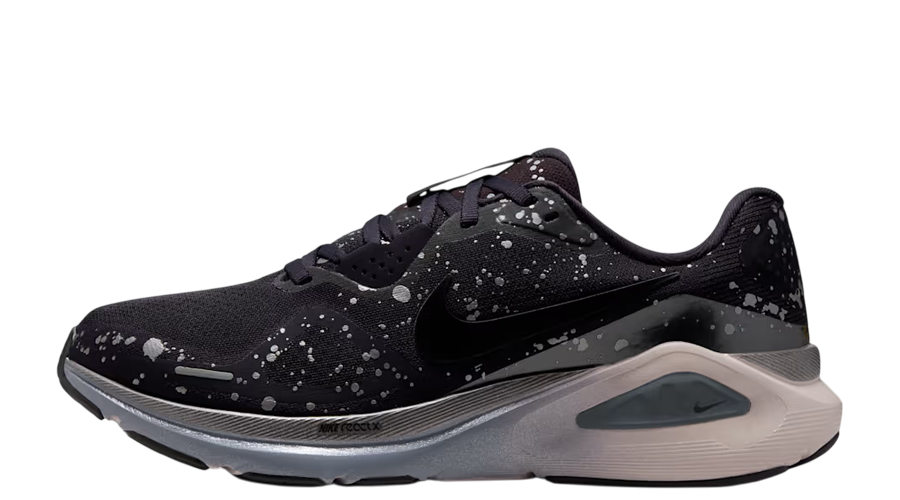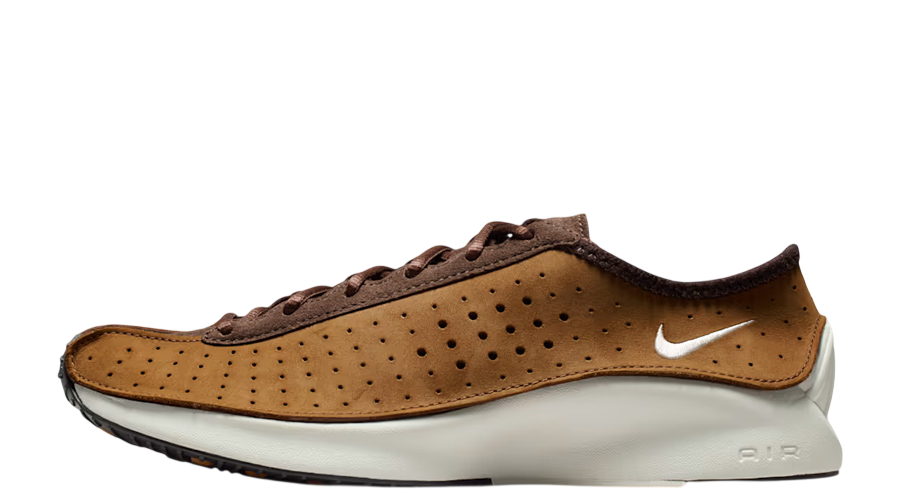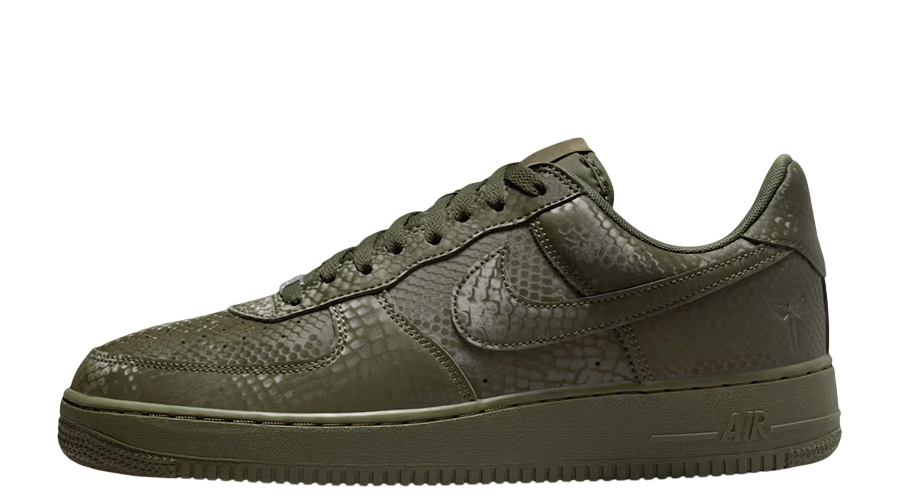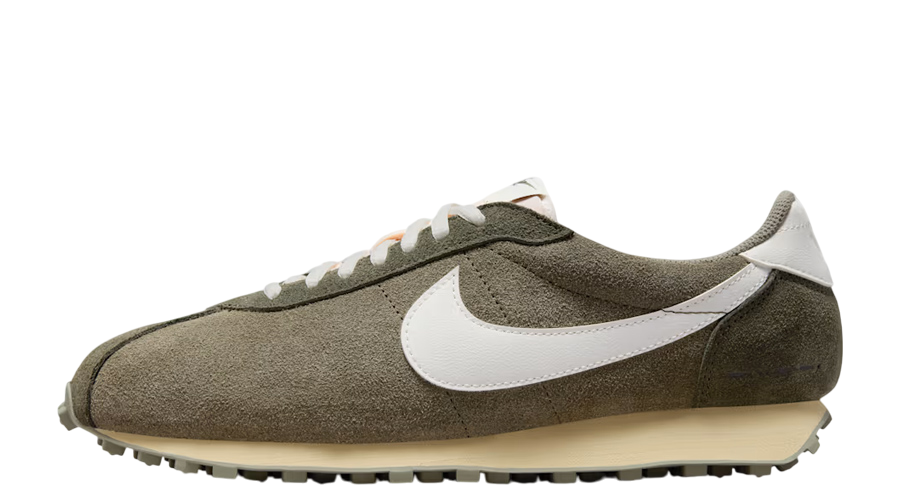What to Do if Your Nike Dunk Low Feels Uncomfortable
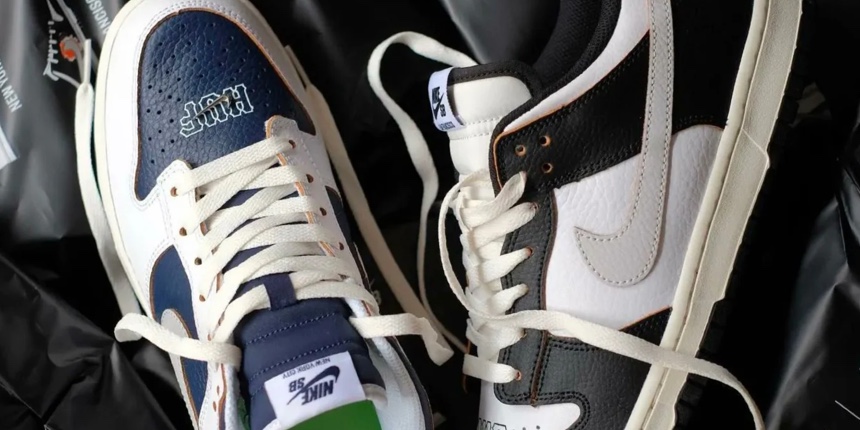
The Nike Dunk Low is absolutely everywhere these days. Originally released all the way back in 1985 as a basketball shoe, it quickly became a firm favourite among college athletes thanks to its superior cushioning and support. Designed by Peter Moore, it was created to compete with other popular basketball shoes of the time, such as the adidas Superstar and Converse Chuck Taylor. Over the years, however, the Nike silhouette’s popularity skyrocketed, especially with numerous collaborations and limited edition releases.
Despite the hype, many sneakerheads find that their beloved Nike Dunk Low can cause discomfort. If you’re one of the unlucky ones experiencing this issue, don’t worry – you’re not alone. In this guide, we’ll dive into the common causes and offer practical tips to help you enjoy your trainers to the fullest, without the pain. So let’s dive right in!
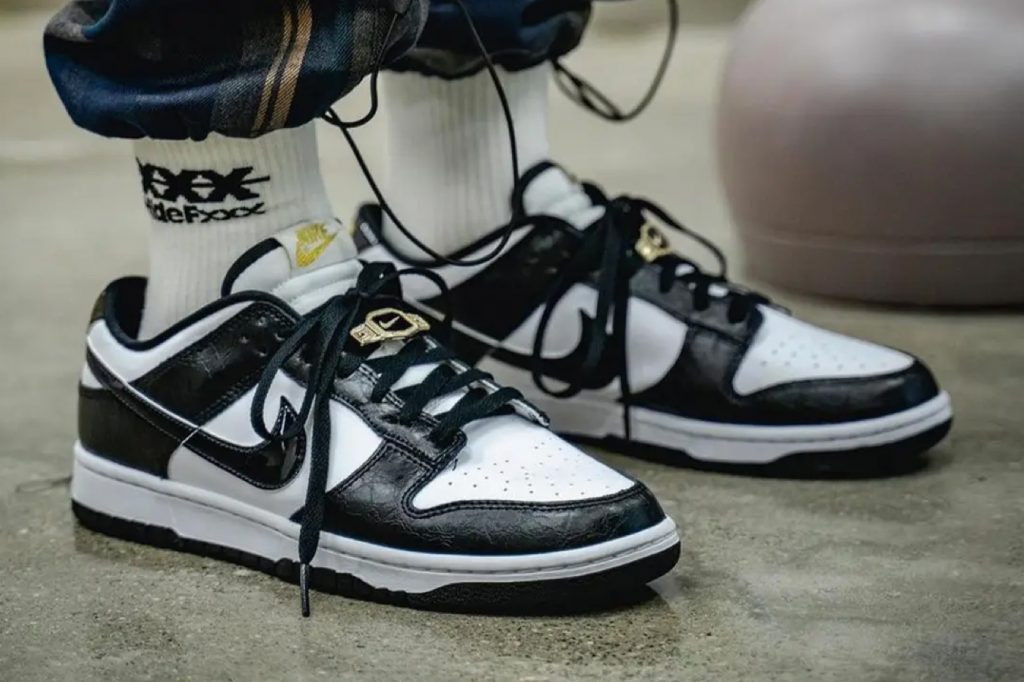
Why Do Nike Dunk Lows Cause Discomfort?
Are you experience Dunk Low discomfort? You’re not alone. Several factors can contribute to this issue, making your favourite trainers less enjoyable to wear. Let’s explore some common causes and how to address them:
Sizing problems: One of the main culprits is wearing the wrong size. Shoes that are too tight can compress your toes, leading to pain and discomfort. It’s crucial to ensure your Dunks fit properly, with enough room for your toes to move freely.
Improper lacing: How you lace your Dunk Lows can also affect comfort. Tight laces can increase pressure, while looser lacing can alleviate it. Experiment with different lacing techniques to find what works best for you.
Poor fit: Even if the size is correct, the overall fit might not be suitable for your foot shape. Dunk Lows with a narrow toebox can cause discomfort, especially for those with wider feet. Opting for a style with a roomier toebox can help.
Material impact: The materials used in Dunk Lows can also influence comfort. Stiff materials like leather can cause more pressure on your toes, especially when new. Breaking in your sneakers gradually can help soften the material and reduce discomfort.
Foot conditions: Pre-existing foot conditions such as bunions, hammertoes, or plantar fasciitis can be exacerbated by wearing Dunk Lows. It’s important to consider any underlying issues and seek appropriate treatment if needed.
How Do You Choose the Correct Size?
Finding the perfect fit is key to avoiding discomfort. To ensure your Dunk Lows fit properly, start by measuring your feet accurately. Use a ruler or a Brannock device to measure both the length and width of your feet. Remember, it’s common for one foot to be slightly larger than the other, so always fit your shoes to the larger foot.
Before buying, measure your foot size again, as foot size can change over time due to various factors. These factors include age, weight fluctuations, and changes in physical activity levels. For example, weight gain can lead to wider feet, while certain types of exercise can increase foot length. When trying on Dunk Lows, wear the same type of socks you plan to use with them. Walk around the store to ensure there’s enough room in the toebox. A well-fitting shoe should have about a thumb’s width of space between your longest toe and the end of the shoe.
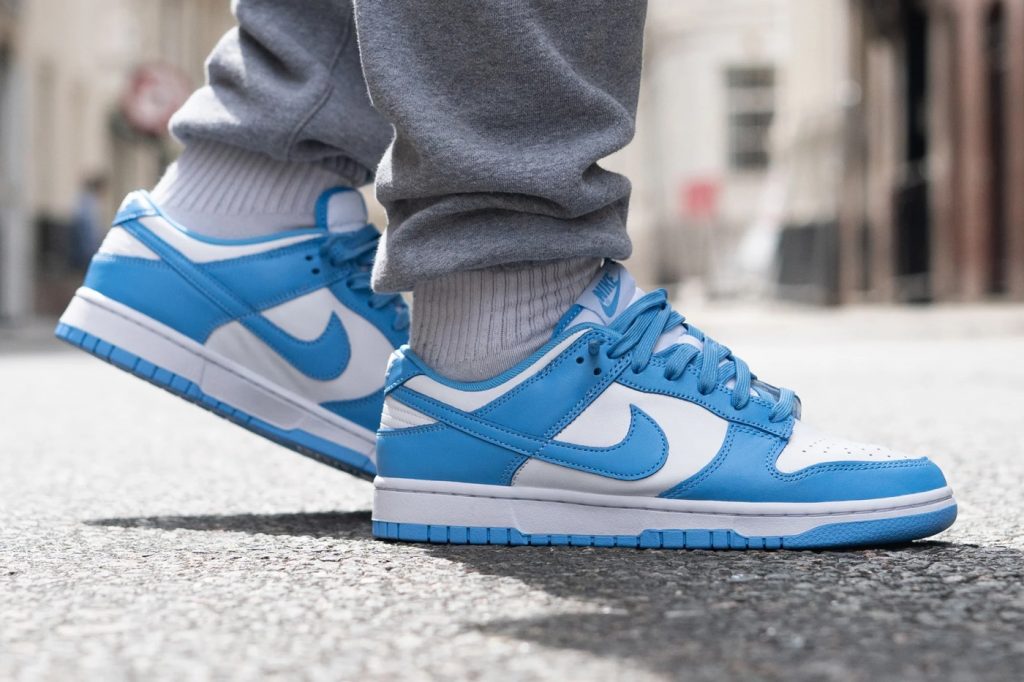
How Do You Break in the Nike Dunk Low?
New sneakers can be a bit stiff at first. Here are some tips to break in your Dunk Lows gradually, making them more comfortable with each wear:
- Start slow: Wear your Dunk Lows around the house for short periods initially. This helps soften the materials without causing too much discomfort.
- Gradually increase wear time: Gradually increase the time you spend in them. This allows the trainers to mould to your feet over time.
- Use a shoe stretcher: A shoe stretcher can help gently expand the toebox area, providing more room and reducing pressure on your toes.
- Wear thicker socks: Wearing thicker socks or two pairs of socks can help stretch the material more quickly and reduce stiffness.
- Be patient: Breaking in shoes is a gradual process. Be patient, and soon your Dunk Lows will feel as comfortable as your favourite pair of worn-in sneakers.
Can Insole Inserts Prevent Discomfort?
Using insole inserts can indeed alleviate discomfort for many people. They provide additional support and cushioning, helping to distribute pressure more evenly across your feet. However, there are important considerations to keep in mind to ensure that the insoles do not exacerbate the problem.
Benefits of Using Insoles:
- Support and alignment: Insoles can help realign your feet, providing better support and reducing strain. This is particularly useful if you have flat feet or high arches, as they can help correct biomechanical imbalances.
- Cushioning: Additional cushioning can absorb shock and reduce pressure on the toes, making your Dunk Lows more comfortable to wear for extended periods.
Potential Drawbacks:
- Tight fit: Adding insoles to your shoes can make them feel tighter, which might lead to increased discomfort. If your Dunk Lows are already a snug fit, adding thick insoles could exacerbate the problem.
- Breaking in period: Like new shoes, insoles often require a breaking-in period. Initially, they might feel uncomfortable as your feet adjust to the new support structure.
Our Recommendations:
- Choose thin insoles: Opt for thinner insoles designed specifically for casual or athletic shoes. These can provide the necessary support without significantly altering the fit of your Dunk Lows.
- Remove existing insoles: If possible, remove the existing insoles from your shoes before adding new ones. This can help prevent the shoes from becoming too tight.
- Custom insoles: Consider custom orthotics if you have specific foot issues. These are tailored to your feet and can provide optimal support without compromising comfort.
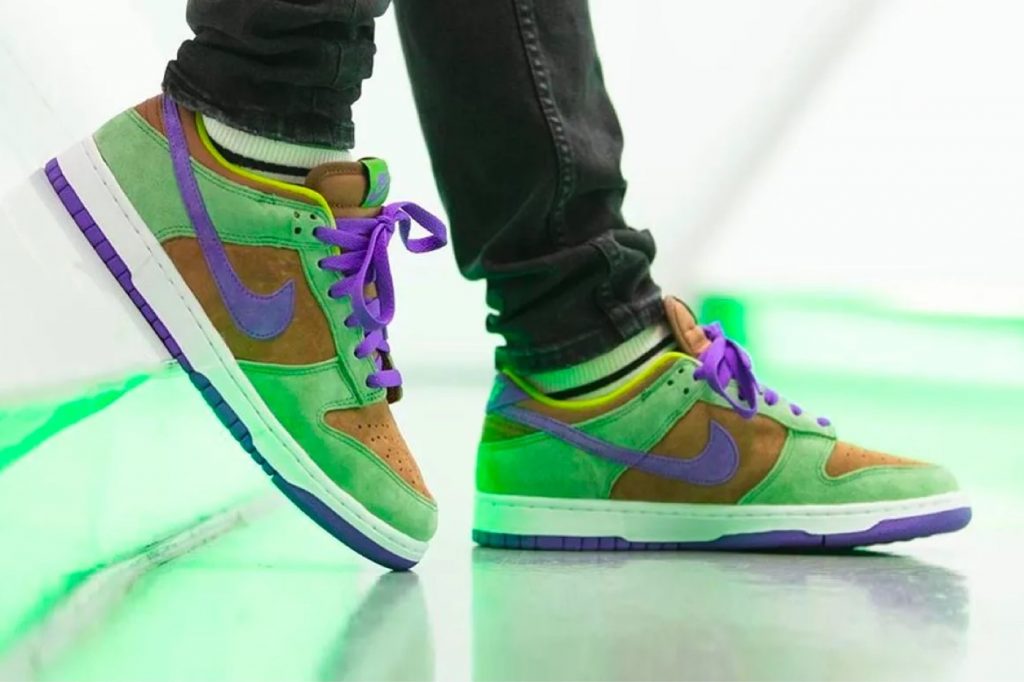
How Do You Lace Properly?
It turns out that the area of your foot that hurts may be due to how tightly the laces are tied. Untying and retying them more loosely can significantly reduce discomfort. This simple adjustment can make a big difference, as everyone’s feet are different and shoes fit uniquely on each person. Here are different lacing methods to help relieve pressure:
- Traditional lacing: This is the standard criss-cross method. While it’s common, it might not be the best for relieving pressure.
- Window lacing: Skip the middle eyelets to create a “window” of space. This reduces pressure on the top of the foot and can alleviate discomfort.
- Parallel lacing: Also known as straight-bar lacing, this technique reduces pressure points and can provide a more uniform fit.
- Loop lacing lock: Use this method to secure your heel better. It involves looping the lace through the top eyelets before tying, which can help keep your foot from sliding forward and jamming your toes.
Should You Swap Your Nike Dunk Low?
If your Dunk Lows continue to cause discomfort even after trying all the suggested remedies, you might consider swapping them. However, returning shoes can be tricky once they have been worn or show marks. Most stores and online retailers, including Nike, have strict return policies that typically do not accept worn shoes unless there is a manufacturing defect.
What Can You Do?
- Sell them online: If returning isn’t an option, consider selling your Dunk Lows on popular platforms like StockX or GOAT. These platforms cater to sneaker enthusiasts and often fetch good prices for limited edition or trendy sneakers.
- Trade them: Another option is trading your Dunk Lows with other trainer loves. Platforms like Reddit’s r/sneakers or Facebook groups dedicated to sneaker trading can be great places to find someone interested in a swap.
- Donate or gift them: If selling or trading isn’t appealing, consider donating your sneakers. Charities and shelters often accept gently used shoes. Alternatively, you could gift them to a friend or family member who might enjoy them.
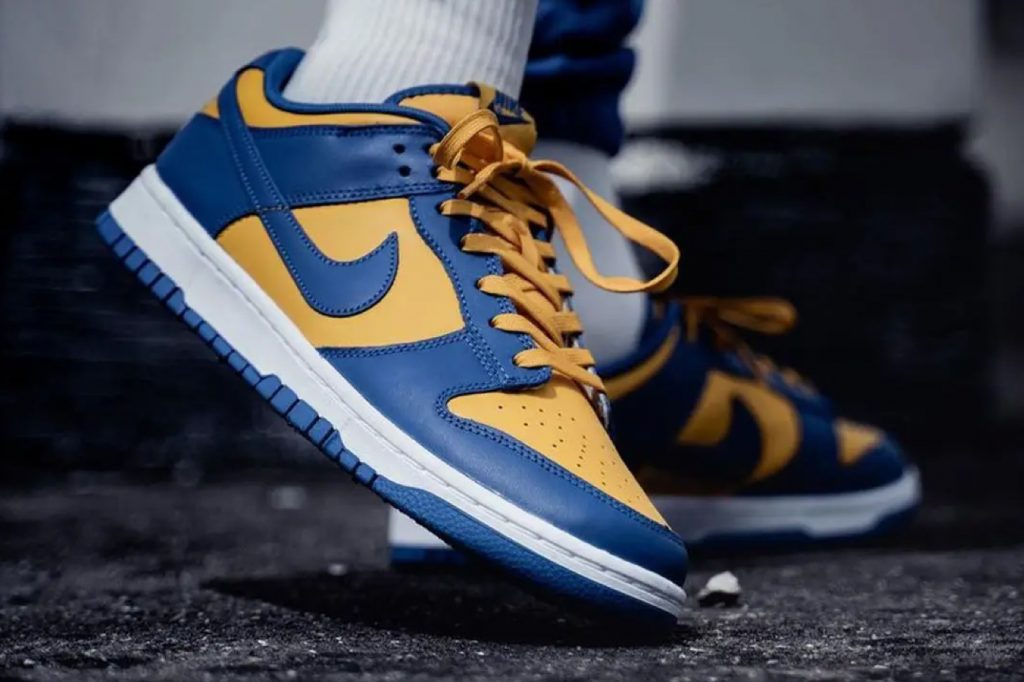
The Bottom Line
Dealing with discomfort in your Nike Dunk Low can be a hassle, but there are plenty of ways to make your feet happier. Start by making sure you have the right size and try out different lacing techniques to ease the pressure. Gradually breaking in your shoes and using thin insoles can also make a big difference.
By trying these tips, you’ll hopefully find a solution that keeps your feet comfy and lets you enjoy your sneakers to the fullest. We hope this guide has helped you tackle any discomfort with your Dunk Lows. Happy walking!
Frequently Asked Questions
How do I know if my Nike Dunk Low is the right size?
Ensure there’s a thumb’s width of space between your longest toe and the end of the shoe. Try on both shoes and walk around to confirm they fit well.
What are signs that my Nike Dunk Low is causing foot problems?
Signs include persistent toe pain, blisters, calluses, or discomfort after short wear. If these occur, try different lacing techniques, insoles, or a different shoe size.
What should I do if my feet still hurt after trying different lacing techniques?
Consider using thin insoles for added cushioning or wearing thicker socks for more padding. If discomfort persists, explore different shoe models or consult a podiatrist.
What are some signs that I need to replace my Nike Dunk Low?
Signs include noticeable wear and tear, reduced support and cushioning, and persistent discomfort despite trying different remedies.

